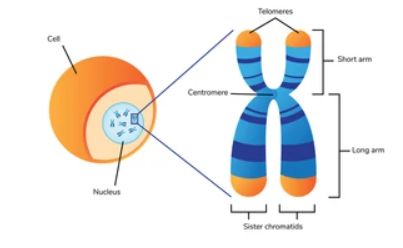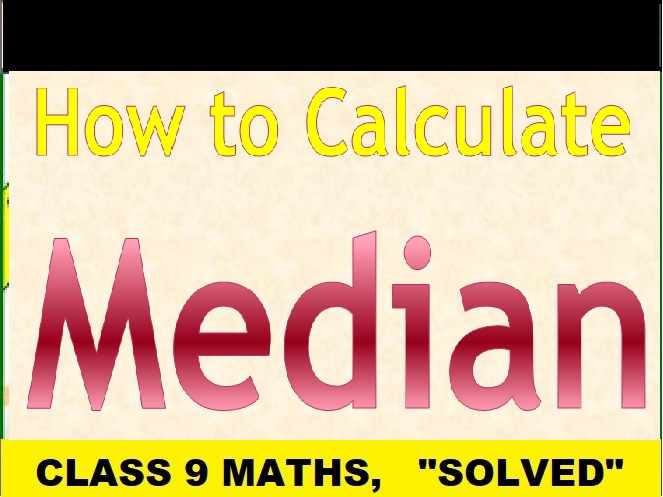Structure of Chromosome Part-B Class-10 Goyal Brothers ICSE Biology Solutions Ch-2 . We Provide Solutions of Test yourself , MCQs, Very Short Answer Type, Short Answer Type of Exercise-2 Structure of Chromosomes (Part-B). All solutions are given as council prescribe guideline for next upcoming exam. Visit official Website CISCE for detail information about ICSE Board Class-10 Biology.

Ch-2 Part-B Structure of Chromosome Goyal Brothers Prakashan ICSE Class-10 Biology Solutions
| Board | ICSE |
| Publications | Goyal Brothers publications |
| Subject | Biology |
| Class | 10th |
| Writer | Dr. K.K. Aggrawal |
| Chapter-2 | Part-B Structure of Chromosomes |
| Topics | Solutions of MCQ, Very short and Short type questions |
| Edition | for 2022-2023 Academic Session |
Note :- Before Viewing Goyal Brothers Solutions of Chapter-2 Structure of Chromosomes. Part-B . Read the whole chapter carefully with figure. Make a self written notes including Phases of Mitosis.
Test Yourself-3
Ch-2 Part-B Structure of Chromosomes Goyal Brothers Prakashan ICSE Class-10 Biology Solutions
(Page-21)
State true or false:
(i) Chromonema represents a chromatid in the early stages of condensation
(ii) The disc-shaped structure found on chromosome is called chromomere.
(iii) Chromatin fibers condense to form chromosomes.
(iv) These are 23 pairs of autosomes (chromosomes) in human male.
Answer :
(i) True
(ii) False, The disc-shaped structure found on chromosome is called Kinetochore
(iii) True
(iv) False, These are 22 pairs of autosomes (chromosomes) in human male.
A. MULTIPLE CHOICE TYPE
Ch-2 Part-B Structure of Chromosomes Goyal Brothers Prakashan ICSE Class-10 Biology Solutions
(Page-27)
Choose the most Appropriate Answer
1. The genetic material in the form of very long, thick and dark staining is called
(a) Centriole
(b) Chromatin
(c) Chromatid
(d) Centromere
Answer :
(b) Chromatin
2. Each chromosome consists of two symmetrical structures called
(a) Chromatids
(b) Centromere
(c) Chromatin fibres
(d) Arms
Answer :
(a) Chromatids
3. Rod-shaped chromosome, having centromere at the proximal end is called
(a) Acrocentric
(b) Metacentric
(c) Submetacentric
(d) Telocentric
Answer :
(d) Telocentric
4. Pentose sugar, phosphate and nitrogenous base together form a
(a) DNA Strand
(b) gene
(c) nucleotide
(d) chromosome
Answer :
(c) nucleotide
B. VERY SHORT ANSWER QUESTIONS
Ch-2 Part-B Structure of Chromosomes Goyal Brothers Prakashan ICSE Class-10 Biology Solutions
(Page-27)
Question 1: State whether the following statements are true or false. If false, write the correct statement by choosing the incorrect word/words only:
(i) Genes are some specific sequence of bases on a chromosome.
(ii) Cytosine, Adenine, Thyroid and Guanine are the nitrogenous bases in DNA.
(iii) A cell containing 46 chromosomes will have 23 chromatin fibres inside the nucleus during interphase.
(iv) A nitrogenous base along with a sugar and sulphate form a nucleotide.
Answer :
(i) True
(ii) False, Cytosine, Adenine, Thymine and Guanine are the nitrogenous bases in DNA.
(iii) False, A cell containing 46 chromosomes will have 46 chromatin fibers inside the nucleus during interphase.
(iv) False, A nitrogenous base along with a sugar and phosphate form a nucleotide.
Question 2: Name the following:
(i) Type of bond which joins the nitrogenous bases in DNA.
(ii) The components of nucleotides.
(iii) Type of bond between the complementary bases
(iv) A pair of corresponding chromosomes of the same size and shape, one from each parent.
(v) Four nitrogenous bases in a DNA molecule.
Answer :
(i) Hydrogen
(ii) Cytosine, Adenine, Thymine and Guanine
(iii) Cytosine and Guanine triple while Adenine and Thymine double bomd
(iv) sex chromosome
(v) Cytosine, Adenine, Thymine and Guanine
Question 3: Mention if the following statements are True or False
(i) Chromatids are attached to each other by centromeres.
(ii) The dark stained fibres found in the nucleus are called chromatin fibres.
(iii) The term ‘chromosomes” literally means coloured bodies.
(iv) Histones are a particular type of nucleic acid.
(v) Each DNA strand is composed of repeating nucleotides.
(vi) Genes are the specific parts of nucleolus.
(vii) Telocentric chromosomes look like t shape.
Answer :
(i) True
(ii) True
(iii) true
(iv) False
(v) True
(vi) False
(vii) False
C. SHORT ANSWER TYPE
Ch-2 Part-B Structure of Chromosomes Goyal Brothers Prakashan ICSE Class-10 Biology Solutions
(Page-27)
Question 1: What is a chromosome?
Answer : A chromosome is a thread-like structure made up of DNA. Chromosomes are found in the nucleus of each cell
Question 2: Define gene.
Answer : a unit of information inside a cell which controls what a living thing will be like. Genes are passed from parents to children
Question 3: Give importance of chromosomes.
Answer : Chromosomes are very important because they contain vast majority of genetic information of organism. The organism’s DNA is contained within the chromosome as a long series of nucleotides thar are organized into genes. And helps to inherit the characters of parents to their offspring’s
Question 4: How are sex-chromosomes in man different from those in woman?
Answer : A sex chromosome is a type of chromosome involved in sex determination. Humans and most other mammals have two sex chromosomes, X and Y, that in combination determine the sex of an individual. Females have two X chromosomes in their cells, while males have one X and one Y.
Question 5: Give difference between chromatin fibers and chromosome.
Answer : Chromatin is a complex formed by histones packaging the DNA double helix. Chromosomes are structures of proteins and nucleic acids found in the living cells and carry genetic material. Chromatin is composed of nucleosomes. Chromosomes are composed of condensed chromatin fibers
Question 6: What are the strands of DNA made up of ?
Answer : Each strand has a backbone made of alternating sugar (deoxyribose) and phosphate groups. Attached to each sugar is one of four bases: adenine (A), cytosine (C), guanine (G) or thymine (T). The two strands are connected by chemical bonds between the bases: adenine bonds with thymine, and cytosine bonds with guanine
Question 7: What is crossing over? Give its significance also.
Answer : Crossing over refers to the exchange of genetic material or chromosome segments between non-sister chromatids in meiosis. This genetic process occurs between homologous regions of matching chromosomes and the interchange of homologous chromosomes.
Question 8: What is chromatin? When is it observed clearly.
Answer : Chromatin is a complex of DNA and protein found in eukaryotic cells. During mitosis and meiosis, chromatin facilitates proper segregation of the chromosomes in anaphase; The characteristic shapes of chromosomes visible during this stage are the result of DNA being coiled into highly condensed chromatin
Question 9: State the exact location of centromere.
Answer : While centromeres are typically located in the central area of a chromosome, they can also be located near the mid-region or at a number of different positions on the chromosome. Specialized zones on centromeres called kinetochores attach the chromosomes to spindle fibers in prophase in mitosis
— : End of Ch-2 Part-B Structure of Chromosomes Goyal Brothers ICSE Class-10 Biology Solutions :–
Return to :- ICSE Biology for Class 10 Goyal Brothers Prakashan solutions
Thanks


